By Sofian Noor, The Bedouin Way
Egypt’s Sinai Bedouin are often thought of as mysterious by the media and many Egyptians. To tackle this, Sofian Noor, from ‘The Bedouin Way,’ gives an overview of the Sinai Bedouin, written from his perspective. Sofian is from Egypt’s North Sinai and the Sawarka tribe and is a safari guide, driver and cook.
BEING BEDOUIN
The Bedouin are always looking for freedom, respect and food for our families. We are very proud of our culture and we will never let that die.
We have important rituals that we live by every day. For example we wake up early in the morning and light the fire ready for breakfast, tea and coffee. We always end the day the same way.
The Bedouin are resourceful. We can make anything from almost nothing, as this is what we have always had to do living nomadically. We use everything and don’t throw things away. Plastic bottles are sometimes used for cups, candles and containers. Leftover food is given to the animals. Glass vessels are used for tea. Metal cans for water.
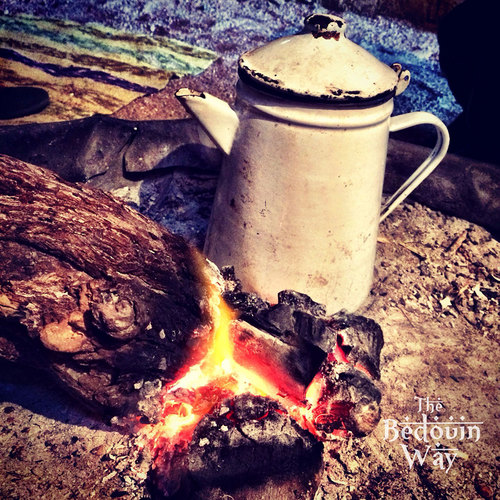
Our houses are not important to us in the Western sense. Instead of spending money on paint, furniture, beautiful curtains or modern kitchen equipment, we place our priority on providing a good welcome for guests. We are proud and happy with our home as long as we have Bedouin seating areas (carpets and cushions on the ground), a good fire that is always lit, coffee and tea. We like things to be simple.
Every tribe has a different dialect and that’s how we can recognise each other and which tribe a person is from.
There are no longer any Christian Bedouin in the Sinai. We are Muslim.
We have our own Bedouin Law, which is highly respected. It is never disregarded or taken lightly.
We love coffee without sugar but tea with sugar (some would say too much!).
HISTORY
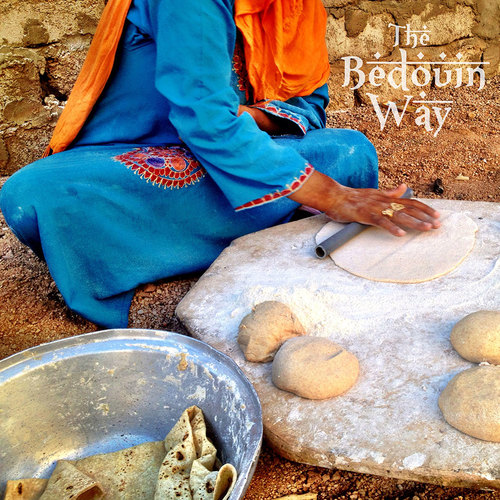
The Sinai Bedouin are a group of tribes descending from immigrants who arrived from the Arabian Peninsula between the 14th and 18th centuries. However the Bedouin of St Catherine originated from Eastern Europe, travelling there when the monastery was being built between 548 and 565.
There are around 33 tribes across North and South Sinai and we came here with nothing. There are also Bedouin across Egypt.
Today our lives have changed dramatically due to the modern age of tourism and technology, however we try to maintain our traditions as far as possible to make sure that our way of life is never lost or forgotten.
Our generation is far more interested in politics than our fathers and forefathers. Most Bedouin only really started to talk about politics after the Egyptian Revolution of 2011 when we became affected.
CAMELS, GOATS, SHEEP AND LIVESTOCK
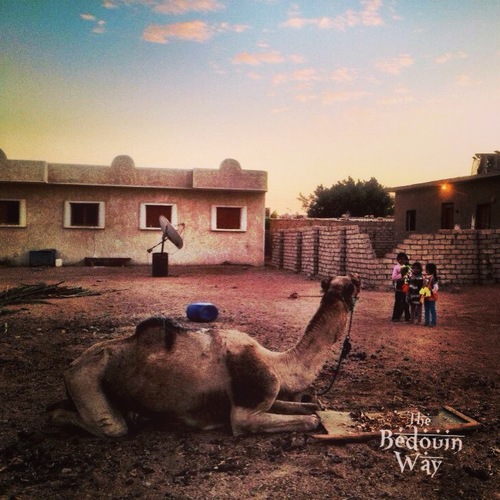
Animals are crucial to the Bedouin. Each tribe has its own stamp for our camels, so we can spot which tribe a camel belongs to straight away. We use our camels for moving around, clothing, meat, and milk – the milk is very healthy and good for the body in many ways.
Goats are traditionally the main animal we keep as we can use them for milk, cheese, meat, their skin and fur. We can get 70% of what we need in life from them. We also keep sheep as they provide the same sustenance.
Bedouin don’t really keep cows as they eat too much and cost more money to keep if we want them to be fit and healthy. However, one tribe in North Sinai does keep them – the Remeilat.
In the past, we moved seasonally with our livestock to make sure our animals ate good food. We would then come back to our “home” when the time was right. This still happens with the traditional desert-dwelling Bedouin.
Those of us who live in the desert tend to hunt for food and those who live by the sea rely more on fishing.
In general terms, the Bedouin of the North eat more meat and the South Sinai Bedouin love to eat fish.
AT ONE WITH NATURE, THE ENVIRONMENT AND OUR BODIES
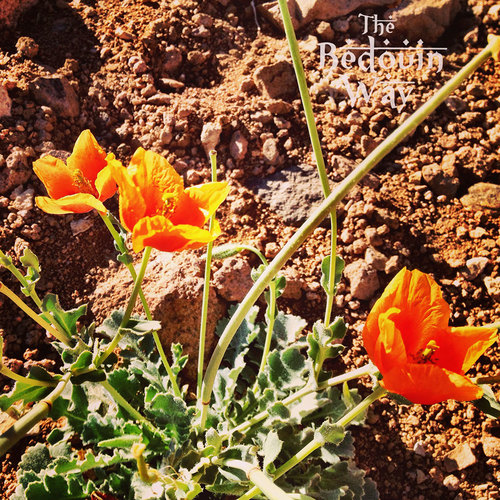
The Bedouin live our lives by carefully observing the sun, the moon, the stars, our environment and our animals. We know where we are, the time of day, and what weather we can expect by learning how to read all of these things. In a world without television, radio, telephones, computers and other technology we have learnt how to be at one with nature from previous generations. And this skill still runs through the veins of every Bedouin.
Because we are nomads and have never relied on traditional doctors, we take our medicine from nature – herbs, plants. We can treat anything from stomachaches and colds to headaches and fevers this way. Perhaps if you’ve been to Sinai and tried our organic remedies you will agree that they work.
When it comes to eating, drinking and knowing about our bodies, we learn from an early age to eat healthy food, always in small amounts. We make our meals at home or in the desert, grow our own vegetables, eat meat we have reared and cook fish we have caught by our own hands. When we want to sleep or take a rest, we do.
WHAT IS ‘THE BEDOUIN WAY’?
The Bedouin Way is a relatively new partnership based in Dahab, set up by two friends, Sofian Noor and Mondi Soliman. Between them they have a vast knowledge of the Sinai and are both extremely proud of their Bedouin roots. They provide Egyptian and international visitors with mountain and desert dinners (specialising in slow cooked meat) plus other safaris and trips within the South Sinai region.
But equally important to them is their aim to educate the wider world about Bedouin history, culture and tradition. They have therefore started writing a weekly blog on their website in which they aim to discuss subjects such as Bedouin Law, Bedouin marriage, women’s and men’s roles within the family and Bedouin rituals. Suggestions for further topics are welcomed.
To follow their work and their weekly blog posts, check out their platforms by clicking on one of the links below:
Website: http://www.thebedouinway.com
Facebook: https://www.facebook.com/thebedouinway
Twitter: https://twitter.com/TheBedouinWay
Instagram: http://instagram.com/thebedouinway
Photographs provided to The Bedouin Way and Egyptian Streets by Allie Astell: http://www.allieseye.com




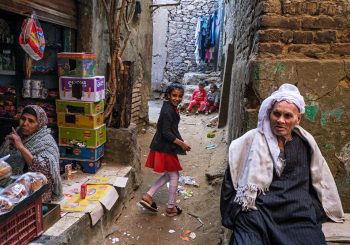

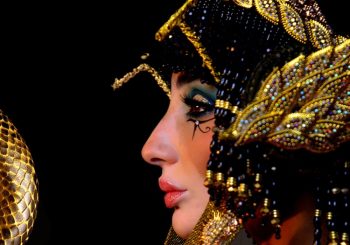
Comments (5)
Whilst this blog states it is a reflection of the modern Bedouin Way, there are many inaccuracies of the historical background of the both North and South Bedouins and more an account of the lives of Northern Bedouins as oppose to the ingenious Bedouins of the South Sinai Peninsula. To name just a couple of inaccuracies – Bedouins do go to Doctors, and Bedouins have always been interested in Politics and this interest did not only transpire after the Egyptian Revolution 2011. Not all Bedouins of St Catherine originated from Eastern Europe. The Bedouin tribe of St Catherine Monastery area are the Jebeliya Bedouin and have lived in this region for over 1400 years. According to different accounts the Jebeliya’s originated from Romania, Macedonia, Greece or Anatolia. They were one of the first peoples of the present population of St. Catherine region of the South Sinai and were there before most other Bedouin tribes and the spread of Islam. Through the centuries they intermarried with other Arab tribes and converted to Islam. Some sections of the tribe settled in more recently (as late as 200 years ago), from other parts of Egypt, Palestine or the Saudi peninsula. The Jebeliya traditions and way of life are similar to other Bedouin groups, although their origins are remembered and there are some unique features. The remaining Bedouin inhabitants living in the surrounding villages of St Catherine are mainly from different Bedouin tribes of the South Sinai Peninsula. Perhaps the blog is more of a reflection of Northern Bedouins and not of the regional bedouins of the South Sinai Peninsula but is conflicting and could confuse or mislead people or tourists who visit the South Sinai Peninsula to experience the way of life, heritage, culture, hospitality of the warmth and kindness of the ingenious Bedouins (South Sinai), the original inhabitants of the lands of Sharm El Sheikh, Dahab, Taba, El Tur, and Nuweiba.
I regeocnize all the the things above. I have a house in Dahab and my neighbours are Bedoeins. Ik like their way of live. But i dont’like the way how they treat woman. Circumcission is not humananity but all the woman are victim. So not all is positiv.